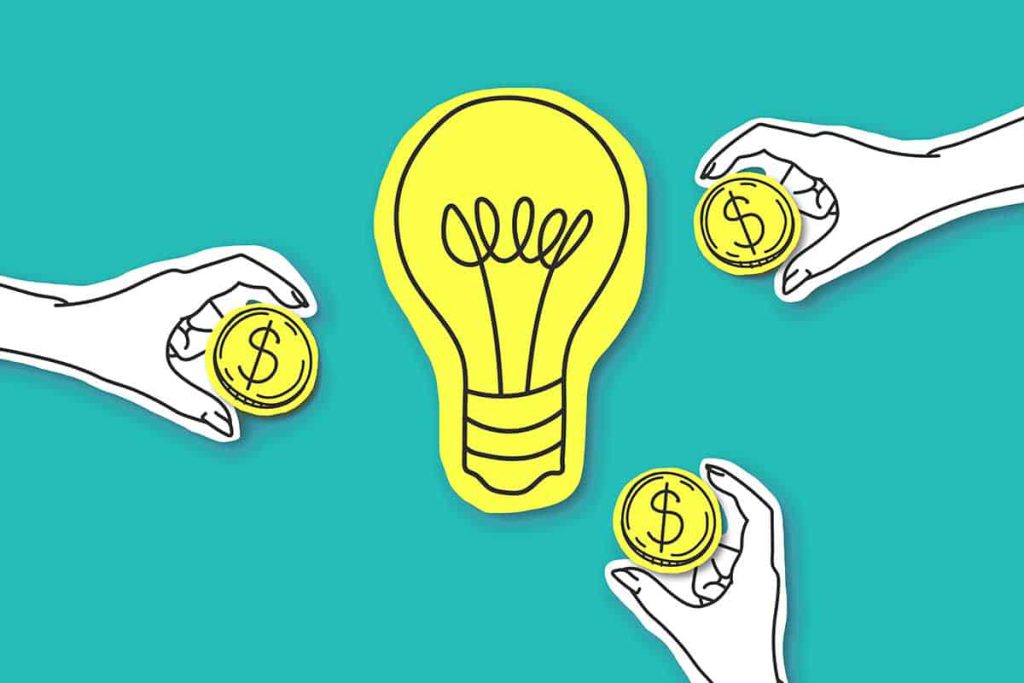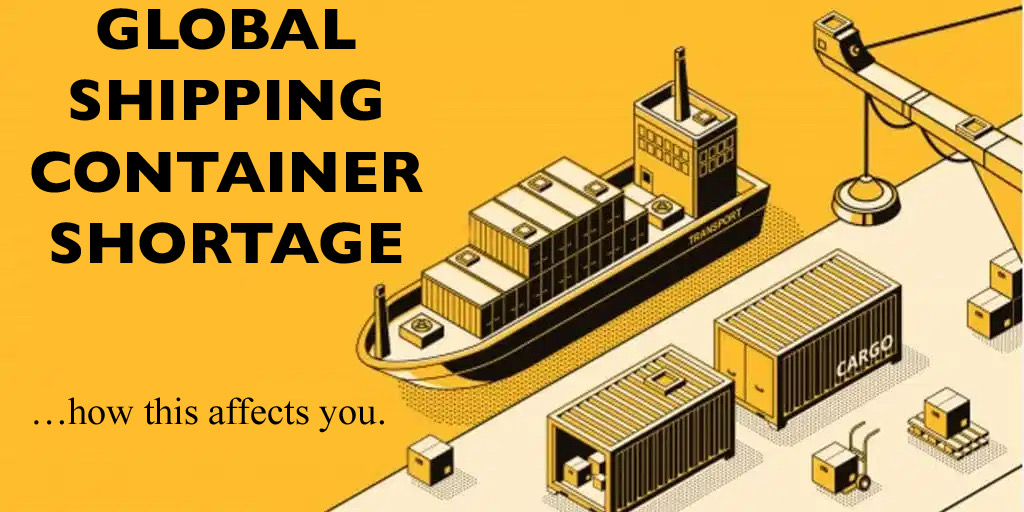Everyone has that one idea they’d like to execute successfully.
You have a good idea… then what? In Ghana, ideas unfortunately do not have a well-defined route to turning into large-enough enterprises such that your community, your country, your continent benefit from it. By the way, you inspired this article. All of you that text, email, dm and call me after every publication to discuss ideas about varying subject matters, you inspired this article. Because regardless of the subject matter, a common closing theme with all the awesome brainstorming conversations has been “…but Max where at all do we find the money to do this?” Not to get you too excited… but I think I might have found the answer of where to get the funding for anything as small as just an idea, or as big as an already functioning well-to-do business. To fully grasp the opportunity, we need to first understand how things are going to be. If you have as little an idea, and that idea sounds pretty good to an investor, you need to put a price on it. It will totally be up to you to decide the value of your pending company, and how many shares you want to sell to an investor for funding. If an idea works and you start a company, you’ll obviously need money. Many have learnt that the odds really are against you when you start a company with your limited savings, so better get an investor early. There’s just too much risk inherent in the activities of startups and one-man entrepreneurs. If your idea doesn’t take off, you lose your precious time and the wealthy investor learns something towards his next venture. But if your idea starts off well, you’ll soon realise that you need money to stay in business or to scale up; so why not share that early risk with someone that has the liberty of losing their money and has more experience than you do. Traditional financial institutions are beginning to cater better to the needs of the small and the beginning. Still, in Ghana, ideas unfortunately do not have a well-defined route to turning into large-enough enterprises such that your community, your country, your continent benefit from it. When your idea is good enough, typically, you’ll need what we call seed funding. At the beginning, your idea is like a seed, full of potential but useless until it goes into the soil and catered for. You’ll need to first plant that seed knowing very well it might not germinate. Therein lies all the risk that traditional financial institutions do not want to underwrite. That is why early investors at this stage are called seed investors. Many seed investors are high net worth individuals that have enough money to bet that you are more likely to succeed than you are to fail. How do they know? Every seed investor invests for different reasons. What they all have in common is that they are aware that you are not yet a big fish, but they are willing to grow with you. If the seed is the idea that’s good enough, then what happens when you have an idea that’s not executable yet? That’s the pre-seed. It means you have something, but it’s not good enough to attract serious funding yet. Are there pre-seed investors available? Yes! These are they guys that think “here, take this little token; execute and let’s see if the simplest version of our product/service works”. Pre-seed investors try to help you create what we call the minimum viable product (MVP). Your MVP is a version of your product with just enough features to be usable by early customers who can then provide feedback for future product development. I took this straight from Wikipedia because it explains it well. See how it mentions “future product development”? It means pre-seed investors understand that their money goes to do the work required (pre-seed) before the work that is required (seed) before the real work actually starts (seed sprout). Further funding are categorized Series A, Series B, Series C, etc. The earlier the stage, the more the risk, the lower the valuation of the enterprise, the cheaper you can buy in, and the bigger the gains for anyone that invested early IF the whole thing works out. Remember that the investee company can as easily just go bust. That’s why seed investors are usually high-net-worth-individuals with lots of money to spare. I’ll give you an example for perspective, then we proceed. Back in 2013, Rapper Nasir Jones, popularly known by his hip-hop moniker Nas, invested between $100,000 and $500,000 into a company called CoinBase in a Series B funding round. That round valued CoinBase at about $150million. Even if he invested the maximum estimated $500k, he then owned only about 0.33% of the company. CoinBase is a platform to buy, sell and store cryptocurrency. I remember 2013 very well. Cryptocurrencies were still spoken of then as a social experiment that was too risky to buy into and could potentially wipe out all of your investments. Fast forward to 14th April 2021. CoinBase goes public with an successful IPO (Initial Public Offering) on NASDAQ. The company is now worth dozend of billions of dollars. Nas’ earlier investment has turned into an estimated $100,000,000 if he invested $500k. That’s a hundred million dollars on $500k within 8years. He could just as easily lost all of his money. Moving on. When you ask investors to give you money for a share of your company, the investors decide on how much they can buy and you as the founder decide on what percentage of your company you can give them in exchange. It’s a negotiation. If for instance the investor gives you ₵100,000 and you decide to give him 10% of your company, that means that you’ve valued your company at ₵1,000,000. You have to divide the invested amount by the percentage given to get your company valuation. 100,000 ÷ 10% = 1,000,000 It is always very important and most advisable to consult a good lawyer and an appropriate finance professional when engaging
Everyone has that one idea they’d like to execute successfully. Read More »



